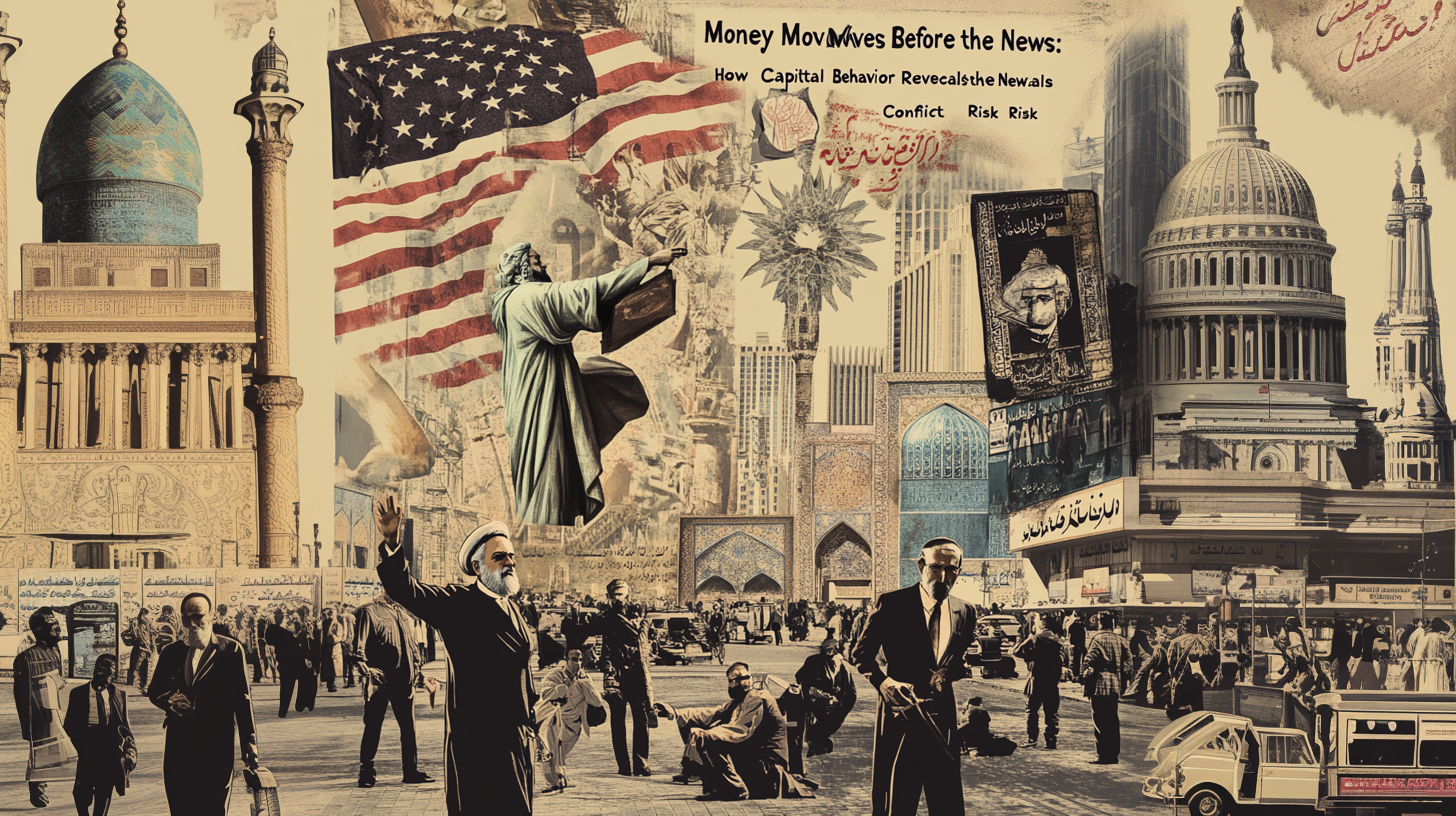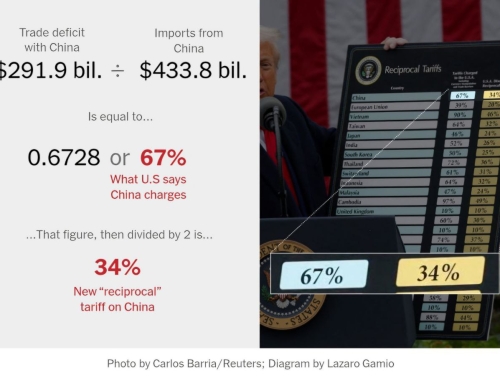Money Moves Before the News: How Capital Behavior Reveals Conflict Risk
Financial signals often expose geopolitical risks long before the headlines do. In volatile markets like Iran, money moves before the news—making capital behavior a powerful forecasting tool.
As tensions between Iran and the United States rise again, professional analysts know better than to rely solely on news headlines to anticipate military escalation. Instead, they monitor the financial behavior of state institutions. In this post, we explore three financial signals that—when they shift simultaneously and without formal explanation—can serve as early warning signs of potential conflict.
For more risk analysis and capital strategy, visit our insights archive.
1. Irregular Patterns in Oil and Condensate Offerings on the Iran Energy Exchange
Indicator: Volume and consistency of oil and condensate listings on www.irenex.ir
Red flag: Consecutive days with halted or missing listings for crude oil or gas condensates, without any technical explanation or public statement.
Why it matters: The Iran Energy Exchange (IRENEX) serves as an official channel for oil exports. Sudden disruptions—especially when unexplained—often indicate a strategic redirection of sales or off-market transactions. These are common money moves before the news breaks publicly.
Historical context: In December 2019, weeks before the assassination of General Soleimani, crude oil offerings on IRENEX stopped for several consecutive days.
Comparable case: In 2003, Iraq significantly reduced southern port oil exports in the weeks leading up to the U.S. invasion, without official justification.
2. Silent Sell-Offs by Strategic Institutional Shareholders
Indicator: Trading activity by large institutional investors on tsetmc.com and disclosures on codal.ir
Red flag: Heavy sell-offs in strategic stocks (e.g., FARS, PARSAN, SHASTA, SHABANDAR) by quasi-governmental investors, followed by a complete halt in buying activity.
Why it matters: These entities typically have early access to sensitive policy shifts. When they quietly exit the market without public justification, it suggests an internal decision to reduce exposure ahead of turbulence. This is a clear example of financial behavior before crisis—where institutional money moves before the news.
Comparable case: In Venezuela, prior to U.S. sanctions on PDVSA in 2017, state-affiliated funds rapidly divested from oil-sector equities.
3. Quiet Disruptions in FX Allocation for Essential Imports
Indicator: Feedback from importers, business chambers, and trade associations — often shared via Telegram groups, Twitter, or interviews
Red flag: Sudden suspension of FX allocation or registration for strategic import categories like pharmaceuticals, livestock feed, or auto parts, without any formal policy update.
Why it matters: In times of crisis, governments reallocate foreign reserves. When importers report blocked transactions or registration closures without explanation, it reflects emergency-level prioritization. In other words, the money quietly shifts behind the scenes—before the news reveals what’s happening.
Comparable case: In Syria (2011), weeks before internal unrest began, the government halted currency allocation for non-essential imports and some pharmaceuticals.
Conclusion
In high-volatility economies like Iran’s, traditional indicators like FX rates or media headlines offer limited predictive power. The real signals lie in what institutions do—not what they say.
When oil listings vanish, institutional sellers exit without returning, and importers are left without access to currency—all at once—it’s no longer business as usual. These are signs that money is moving before the news.
Money moves before the news.
For serious analysts, these aren’t just market quirks—they’re actionable alerts.
Explore more at manaabrar.com.



